HOME > Basketball
Bennett is recognized as the top pick in parallel and has not played since his rookie season
9:33pm, 1 July 2025【Basketball】
On July 1, in the history of NBA draft, the No. 1 pick often carries the hope of team revival, but not every No. 1 pick can fulfill its talent. Anthony Bennett's name is often mentioned as a representative case of "parallel pick" - the Canadian striker who was selected by the Cleveland Cavaliers in 2013, averaged only 4.4 points and 3.1 rebounds in his career. He left the league sadly after moving to four teams. However, if his failure is simply attributed to his personal ability, the complex logic and limitations of the times behind the draft that year may be ignored.
---
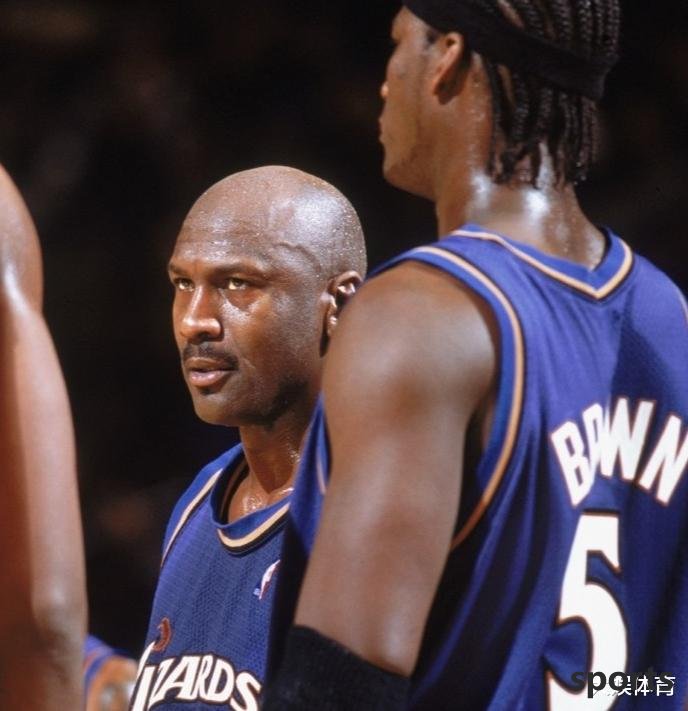
###1. 2013 Draft: The helpless choice under the historical "Little New Year"
Bennett's tragedy first stems from the particularity of the draft year. 2013 is recognized as one of the weakest draft years in the past 20 years and lacks the top talent with dominance. When the Cavaliers held the No. 1 pick, there were obvious shortcomings in the rookies to choose from: Victor Oladipo (the second pick) had not developed a stable projection, Norance Noel (the sixth pick) had just experienced a serious knee injury, and later became MVP Giannis Antetokounmpo (the 15th pick) was just the "mysterious lottery" of the Greek secondary league at the time. The Cavaliers management has publicly stated that they repeatedly weighed Bennett, Oladipo and Alex Lane, and the key factor in choosing Bennett is his "that is, the balance of combat power and potential."
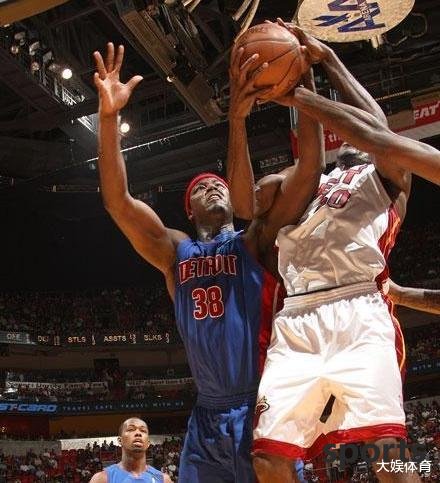
The comprehensiveness that Bennett showed during his college years is really imaginative: as a freshman in UNLV, he averaged 16.1 points and 8.1 rebounds per game, with a three-point shooting percentage of 37.5%, and has both the characteristics of a strong inside attack and a space-type fourth position. Chris Grant, then general manager of the Cavaliers, believes: "He can adapt to the defense replacement needs of modern basketball and have the opportunity to develop the ability to hold the ball." This blind pursuit of the "all-round forward" is a microcosm of the league's tactical change period at that time.
---
###2. Knight's management's decision-making mistakes: medical reporting and positioning chaos
The deeper problem lies in the Knight's evaluation system. According to follow-up reports from ESPN, Bennett was diagnosed with a history of rotator cuff tear and asthma before the draft, but the Cavaliers underestimated the impact of these hidden dangers on his athletic ability. What's even more fatal is that the team's use of him completely deviates from the successful model of college: college coach Dave Rice asked Bennett to focus on "small ball center" and use his flexibility to punish traditional insiders; while the Cavaliers asked him to gain weight and defend NBA-level power forwards, resulting in the loss of his speed advantage and his three-point shooting percentage plummeted to 24.5%.
The then-head coach Mike Brown admitted: "We tried to make him another player." This confusion of positioning was particularly evident in the 2013-14 season - Bennett averaged only 5.2 points per game in 12 starts, but was DNP in 23 games (the coach decided not to send him on the court). Ironically, when he joined Fenerbahce in 2017, he returned to the space-type fourth position and scored 21 points in a single game.

---
###3. The vicious cycle of psychological factors and the "no.com burden"
Bennett's failure also reveals the NBA's neglect of players' psychological construction. After becoming the first Canadian No. 1 pick in history, he admitted that "every day I wake up is afraid of disappointing everyone." Cavaliers reporter Jason Lloyd once described: "He hesitated even to shoot open spaces in training, like playing with a sandbag on his back." This anxiety was amplified in the social media era - when Bennett's first summer league game 2 of 12 shots, the tag #BennettBust quickly became a hot Twitter search.
Psychology expert Brian Cates analyzed: "He was the No. 1 pick and received the expectations of LeBron James, but he did not receive corresponding psychological support." Compared with the progressive training of the second round pick Rudy Gobert (27th pick) of the same year in the Jazz, Bennett was thrown into a high-pressure environment since his debut, and eventually formed a vicious cycle of "poor performance → collapse of confidence → worse performance".
---
### IV. Re-examine the label of "parallel goods": The victim of systematic failure
It may be unfair to define this particular as a pure paralyzing goods. Only 5 of the 2013 rookies were selected as All-Stars, and the overall success rate was extremely low. Rather than saying that the Knights chose the wrong person, they were forced to gamble in the wrong year. It is interesting to note that after Bennett was sent to the Timberwolves as a Kevin Love deal in 2014, the Cavaliers won the 2016 championship with the core lineup they received - to some extent "rationalize" the original choice.
In recent years, Bennett's performance in the Israeli League and the G League has proved that he is still professional (averages of 17.8 points in the Mexican League in 2023), but he has never met the No. 1 pick. His story warns NBA teams: drafting is not only a talent assessment, but also a comprehensive consideration of the player's development environment, psychological tolerance and tactical adaptability. When the 2025 Wenban Yama and Homgren are compared with Bennett, perhaps people should remember that the success or failure of the No. 1 pick is never just the responsibility of the player.
Game vui 24hRelated Posts
- Yang Hansen was recalled by the Trail Blazers! The team reporter said that even if he cannot become Jokic, he is by no means an ordinary role player
- A 16-point reversal and a 3-game winning streak! With Banqueiro absent, Xiaowa scored 25+6+5 and scored key three-pointers in a row.
- Tyron Lu talks about superstar breakup: If Irving has not left the team, I think James will stay with the Cavaliers
- American News: The Lakers are expected to maintain their current lineup and enter training camp. They look forward to Vincent & Kleber s performance
- Stockton: NBA s current style is weak; they are all jumpers, players love load management; their salary is still high
- The Rockets have signed 4 players in a row, the Clippers finally take action, and the Warriors target appears
- Morant bid farewell to Bain: 5 years of brotherhood breaking, muscle shooter shoots magic to change the Eastern Conference pattern
- More than the third brother! Homgren becomes the X factor?
- Funny, Brunson was named the 2025 NBA Playoffs Best Offensive Player and Worst Defensive Player
- Why can t the Los Angeles Clippers win the NBA championship?
Hot Posts
- Yang Hansen was recalled by the Trail Blazers! The team reporter said that even if he cannot become Jokic, he is by no means an ordinary role player
- A 16-point reversal and a 3-game winning streak! With Banqueiro absent, Xiaowa scored 25+6+5 and scored key three-pointers in a row.
- Tyron Lu talks about superstar breakup: If Irving has not left the team, I think James will stay with the Cavaliers
- American News: The Lakers are expected to maintain their current lineup and enter training camp. They look forward to Vincent & Kleber s performance
Recommend
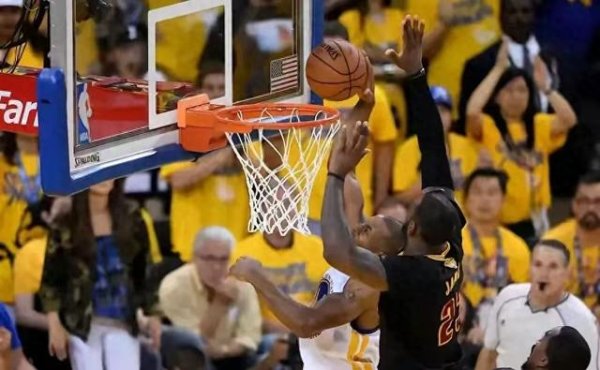
The fifth tiebreaker for the 21st century! What was the result of the first four times? James Kobe established his historical position in the battle
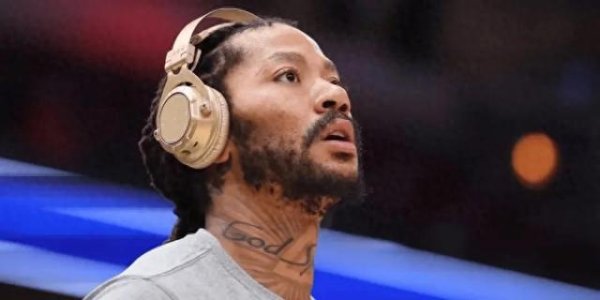
After Ross left the NBA, he is continuing to warm the world with another sport

ESPN reviews the latest strength list of the 30 teams in the league: Thunder still 1 Rockets 2 Clippers 7 Warriors 9 Lakers 10
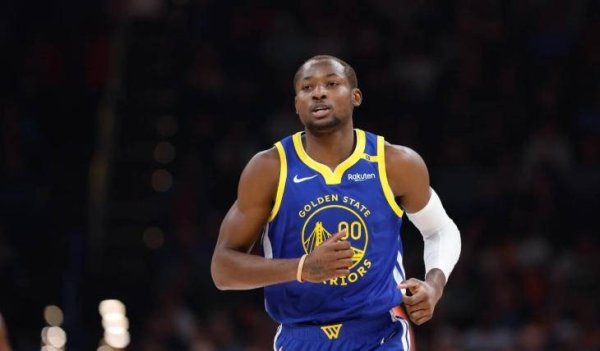
The Warriors first deal this summer is coming! 5 for 1 to get rid of hot potatoes, Kumingga goes to the king to be the cornerstone

NBA s historical rankings are revealed: Garnett ranks first 495 times, James third Antetokounmpo fifth
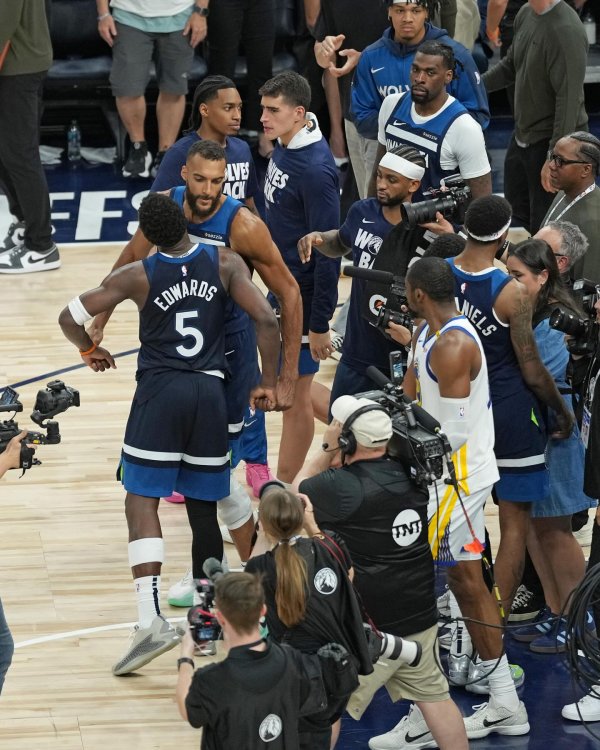
Edwards hasn t done anything yet! Pierce calls him the top five in the league, Wade praises him as himself
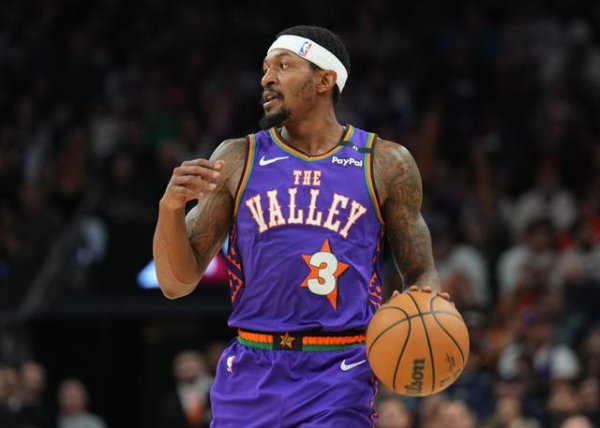
53.66 million executives next season: If Bill buys out, he can get about 14.1 million middle-class contract
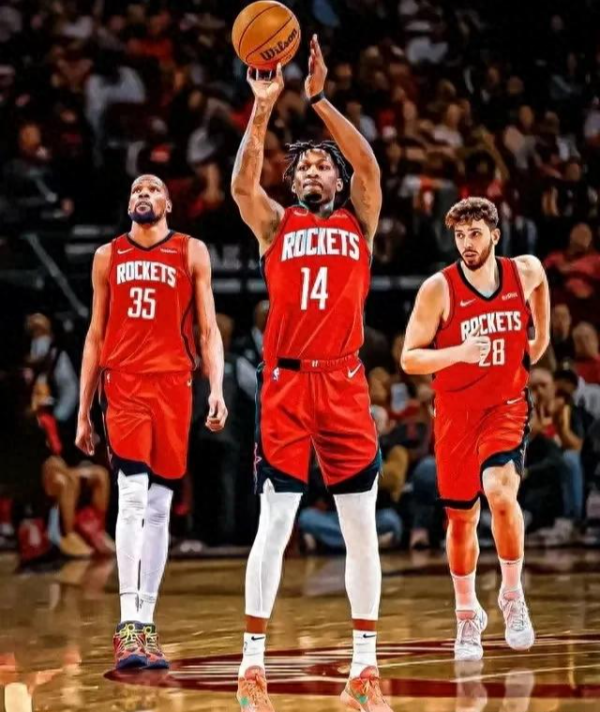
The Rockets are going to compete with the Thunder! Everyone is signing, the Lakers are leaving, the Warriors are not moving